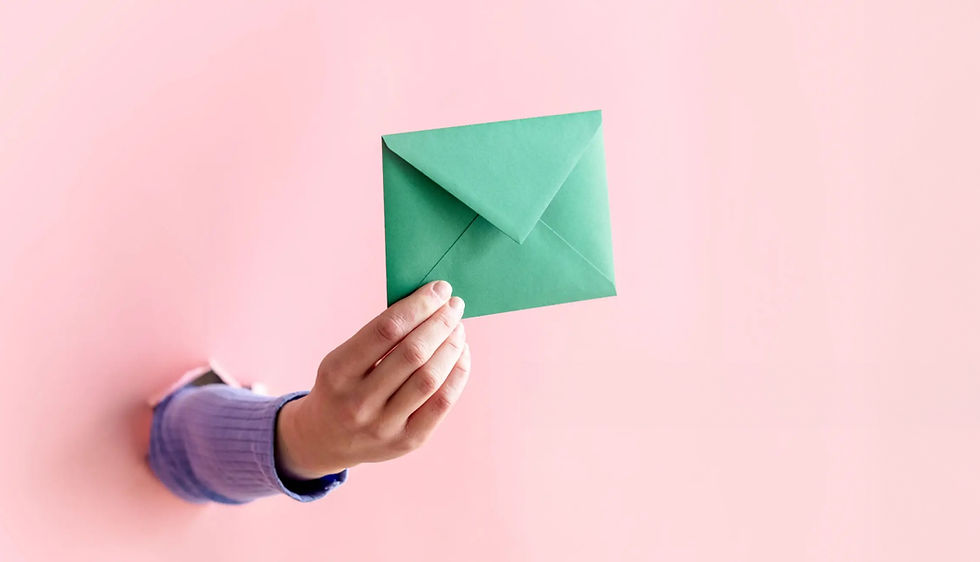Making Graphics Sell: Design Tips That Drive Response
- Castle Press

- Jun 9
- 2 min read
Updated: Jul 30

Good design does more than look great. It plays a vital role in how a message is received, understood, and acted upon. Especially in direct mail and print marketing, strong visuals can pull readers in, guide their focus, and push them to respond. So, how do you create graphics that don’t just decorate, but truly sell? The answer lies in balancing clarity, relevance, and intentionality.
Guide the Eye and Create Engagement
Start by thinking about how people visually process information. Readers naturally move their eyes from dark to light areas, and from larger objects to smaller ones. This tendency can be used to your advantage with strategic image sizing, layout choices, and emphasis.
Photos and illustrations should be as large as possible and cropped thoughtfully to eliminate unnecessary elements. If you can show the product in action—especially being used by a person—it helps the viewer imagine themselves using it. Captions and callouts can enhance this even more, anchoring the visuals with helpful, persuasive context.
The goal is to direct attention smoothly across the page, never letting the reader feel lost or overwhelmed. One subtle but effective technique is using script or “handwritten” type to draw attention to a special message or callout. When used sparingly, it adds a personal touch that invites the eye.
Keep It Clear, Familiar, and Focused
A common trap in design is reaching too far for novelty. While originality has its place, overly complex or unusual graphics can backfire. Readers engage more readily with familiar layouts, colors, and visual language. That does not mean boring—it means intuitive.
Design should always reflect the product itself. Materials promoting a rugged, masculine product should visually match that tone, while a more refined or feminine item might call for softer touches. This alignment between design and product creates trust and a sense of cohesion.
One smart way to keep things interesting without overwhelming the reader is to vary the graphic style from section to section. It adds visual energy and makes each part feel fresh, reducing fatigue in longer mailers or brochures.
Simplicity That Supports the Message
Simple, clean graphics are easier for the eye to follow. Breaking large areas into smaller, digestible sections makes the content feel manageable. When readers aren’t intimidated by the layout, they’re more likely to keep reading—and responding.
The reply device is another critical area to focus on. Using bright, bold colors like red can increase visibility and urgency. Hot colors naturally produce more energetic reactions, especially when used to highlight the action you want the reader to take.
Above all, the best-selling graphics support the message without distracting from it. By making each element work together with the copy, your design will not only look great but perform even better.



